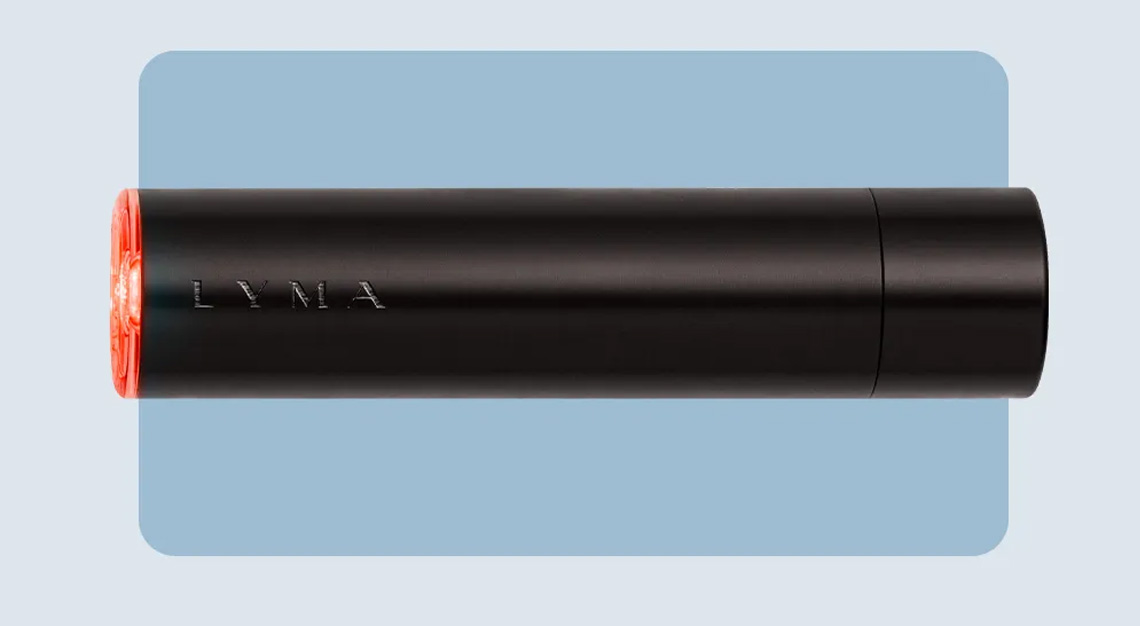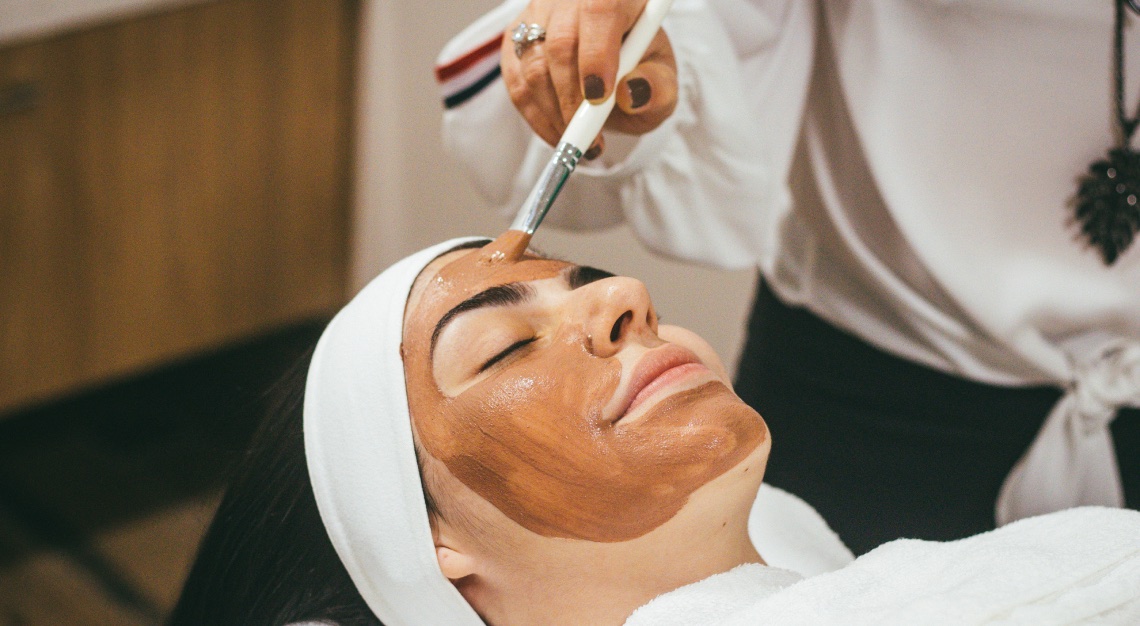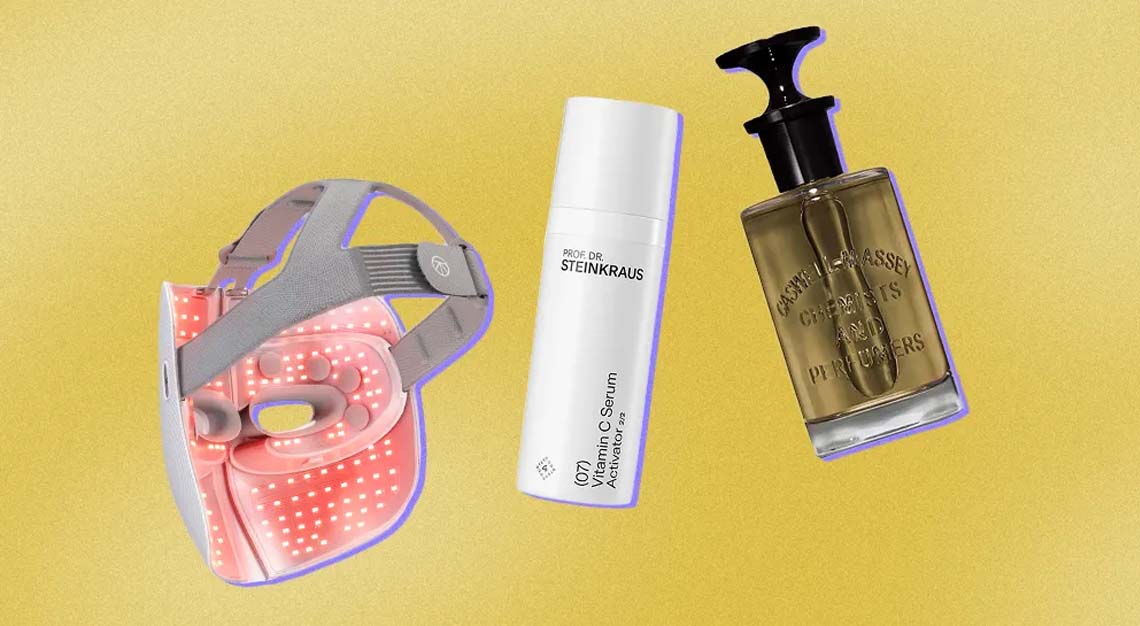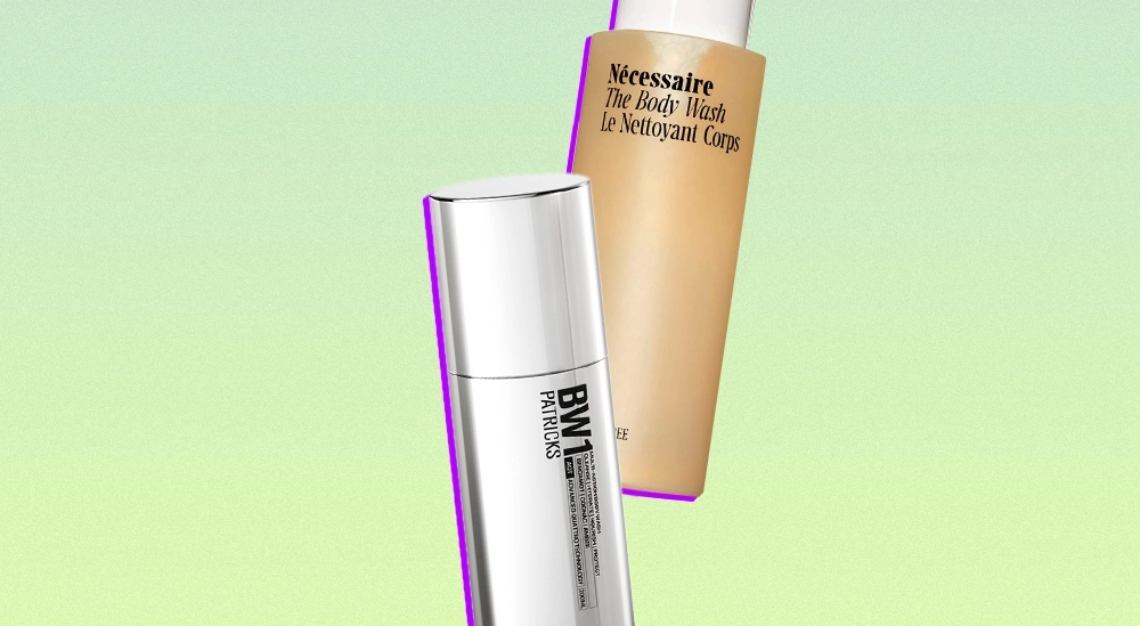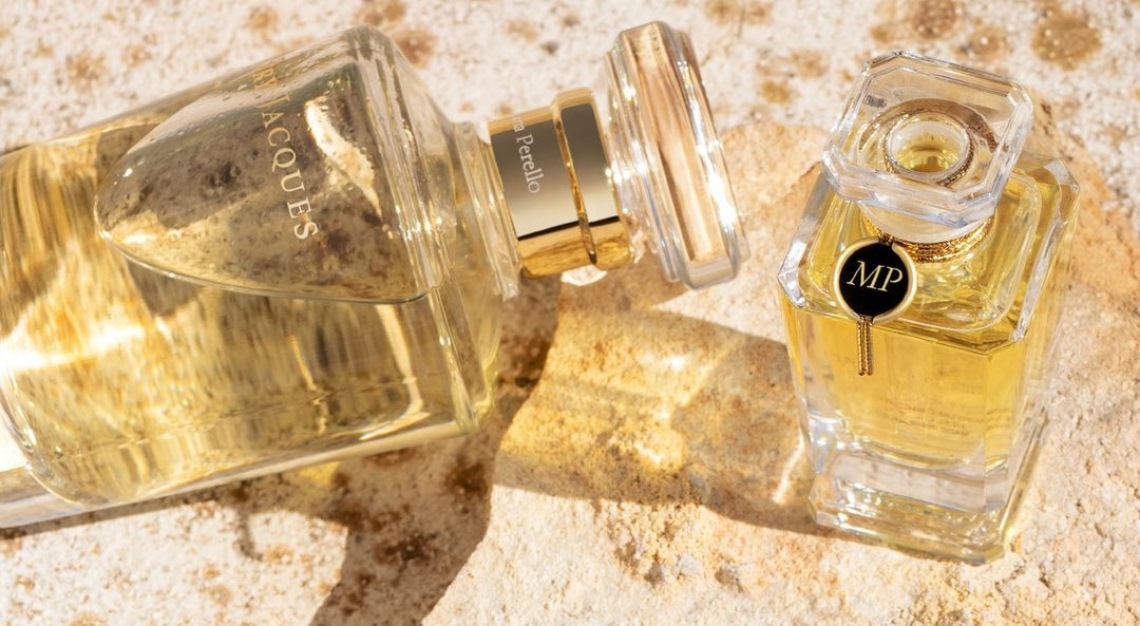Results from the Lyma Laser take some time to kick in—but once they do, they’re profound and noticeable
Welcome to Robb Recommends, a regular series in which our editors and contributors endorse something they’ve tried and loved—and think will change your life for the better.
I’ve tried a lot of creams, serums, prescriptions, and lasers on my way to better skin. And in trying so many products, it’s often difficult to parse out which ones are moving the needle most. Maybe it’s the new tretinoin I snagged in Brazil or the Vitamin C serum I’m testing and loving (shout out to Allies of Skin). But I do believe I’ve pinpointed something that has delivered some of the most noticeable results in my decade of writing about skincare: The Lyma Laser.
It can’t be a coincidence that in the four months since I started using this FDA-cleared cold-laser wand, friends, strangers, colleagues, and people in Zoom meetings (including my lawyer?!) have commented on how good my skin looks. And because these “great skin days” started a couple of weeks after I introduced the Lyma to my routine—and I can’t really pinpoint any other new products that I introduced and used daily—it’s easy to conclude that this was the secret weapon. The primary structural changes are starting to kick in now, too—those take around three months, though I’ve been using the laser a bit less than recommended each day (more on that below).
Lyma Laser Starter Kit
Here’s how Lyma’s laser device works: It’s a low-level treatment and a cold laser, the latter of which makes it non-invasive in terms of impact on skin. (In the U.S. and Canada, you’ll get a red laser. In the E.U., a blue one.) Other lasers work by using a stress-damage response, but this one is designed to influence a different kind of cellular behaviour. The makers of the LYMA Laser and similar devices claim that regular use tells our skin cells to make more of a compound called adenosine triphosphate. This influx is supposed to recharge the mitochondria (the energy powerhouse of the cells), and in turn, boosts cellular turnover, fights collagen degradation, and produces suppler and firmer skin as a result.
Low-level laser therapy is also what we use on the scalp for hair retention, and it’s frequently used for pain management. It is more powerful than LED light, too. LLLT is incredibly anti-inflammatory and also boosts blood flow to the skin, which yields more nutrient delivery to the cells there. And remember, you can use the device anywhere, not just on your face—so in theory you could also use the Lyma to target looser or wrinkled skin elsewhere.
Here’s the main downside of using this device, though: It takes a long time. Its light source is a bit larger than a U.S. quarter, so you can spend a lot of time gliding it across the face—the brand suggests as much as 45 minutes per day to get those results in three months’ time. And I have to admit, that put me off a bit. That’s a lot of time; I wish this was just a face mask I could wear for five or 10 minutes and be done. Still, I asked its creators how to prioritise certain areas, like the corners of my eyes and my forehead. Their suggestion was to keep the wand fixed on the corners of the eyes (for a couple of minutes on each side), and then spend about 10 minutes focusing the rest of the treatment on the forehead. So, I carved out about 15 minutes each day to do this, and while it felt like a bit of a chore, it also felt like the right amount of time. Plus, considering I have a beard covering the lower half of my face, there wasn’t much gliding possible for that area.
I’m proud to say I did use it for 15 minutes a day, and probably on about 90 percent of the days, too. When I travelled with it, its battery lasted a week or more on each charge with this duration. I’m not suggesting that you cut corners like me, but if you’re put off by the time factor, there’s still a way to get the skin-firming benefits by targeting those “problem” areas; for me, it was the spots I’m experiencing wrinkles most. But even in the short term, within a couple of weeks of starting, I had natural radiance like I’ve rarely seen—only the kind I might get from a top-shelf Vitamin C serum and a face oil. And that’s what I’ll most associate with this device.
To get the best results, wash your face and spritz on the brand’s mist, a stabilised oxygen spray that’s supposed to allow for better light penetration into the skin. Then apply some of its glycerin-hyaluronic acid glide which helps moisturise the skin and allows for easy zooming of the wand across the surface of your mug. If you’re just spot-targeting areas of the face (rather than gliding), you can stick with the mist. LYMA also just launched a geneticist-engineered skincare duo that the company claims can magnify your age-reversing results. But with great results in just 15 minutes a day, you might want to start with the wand and see how far it takes you.
This story was first published on Robb Report USA
